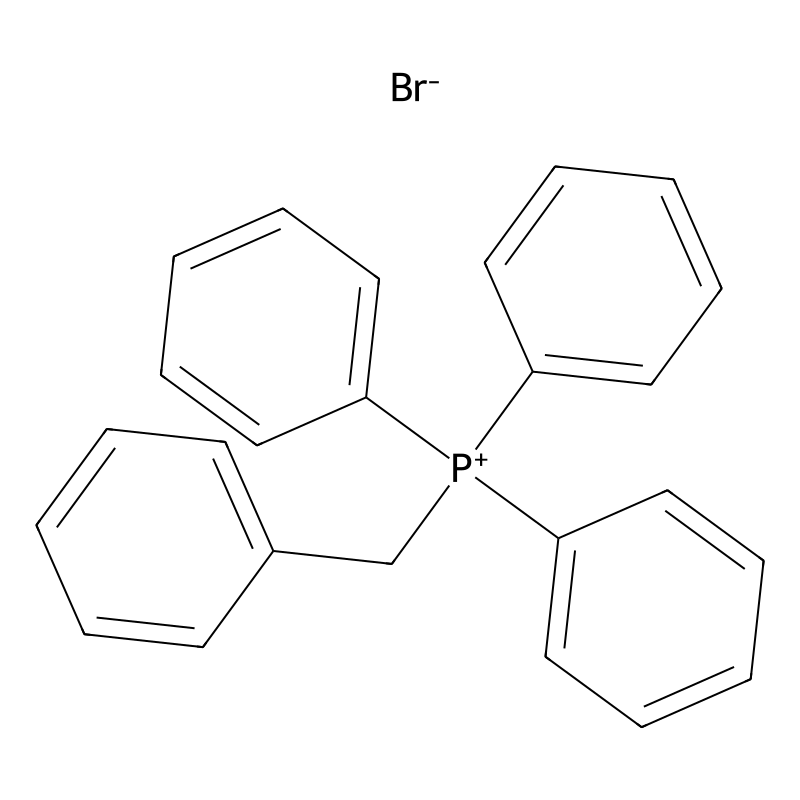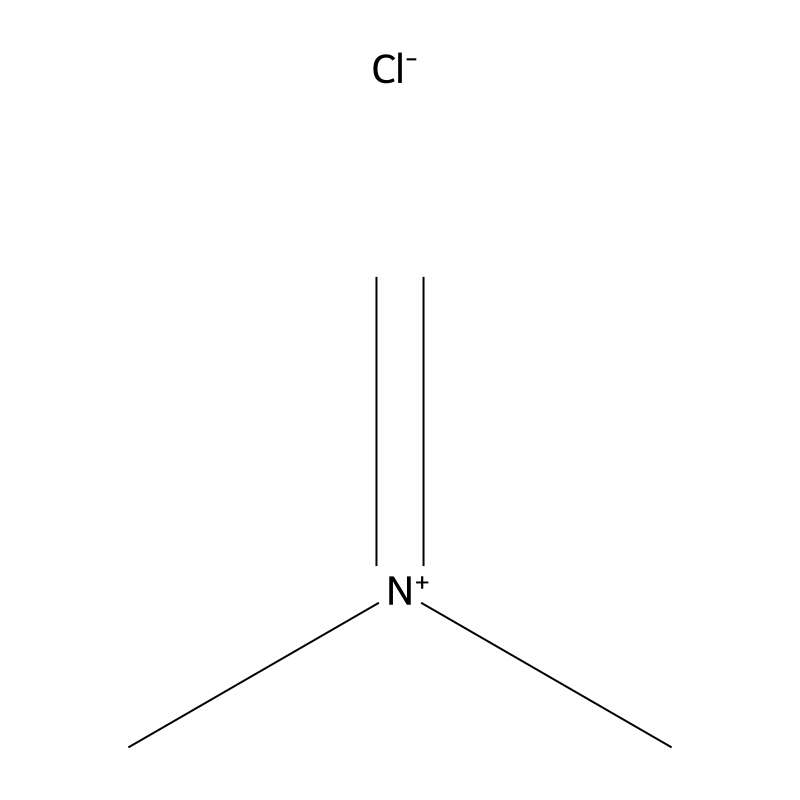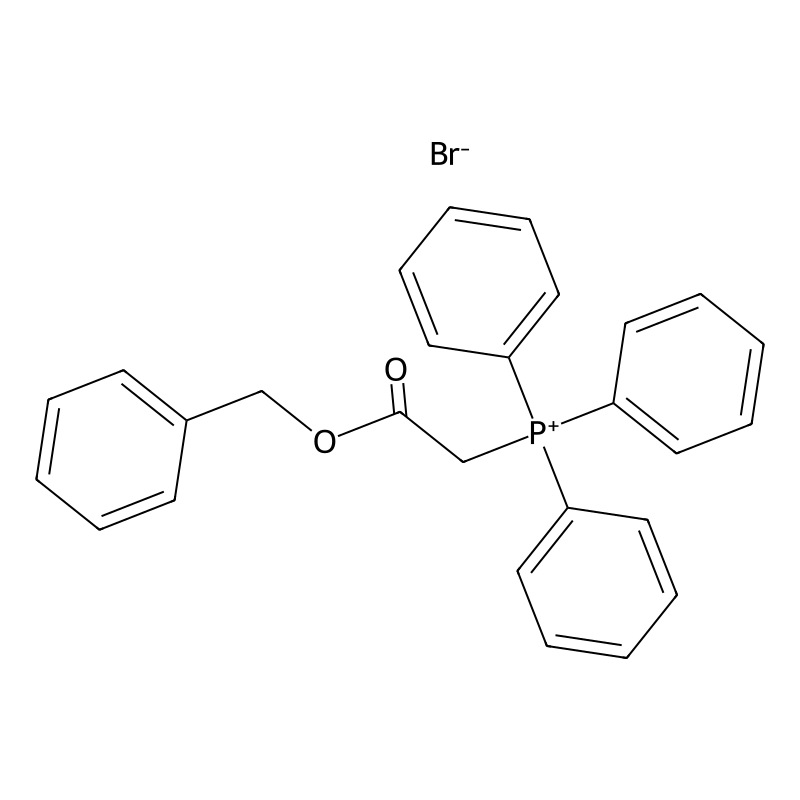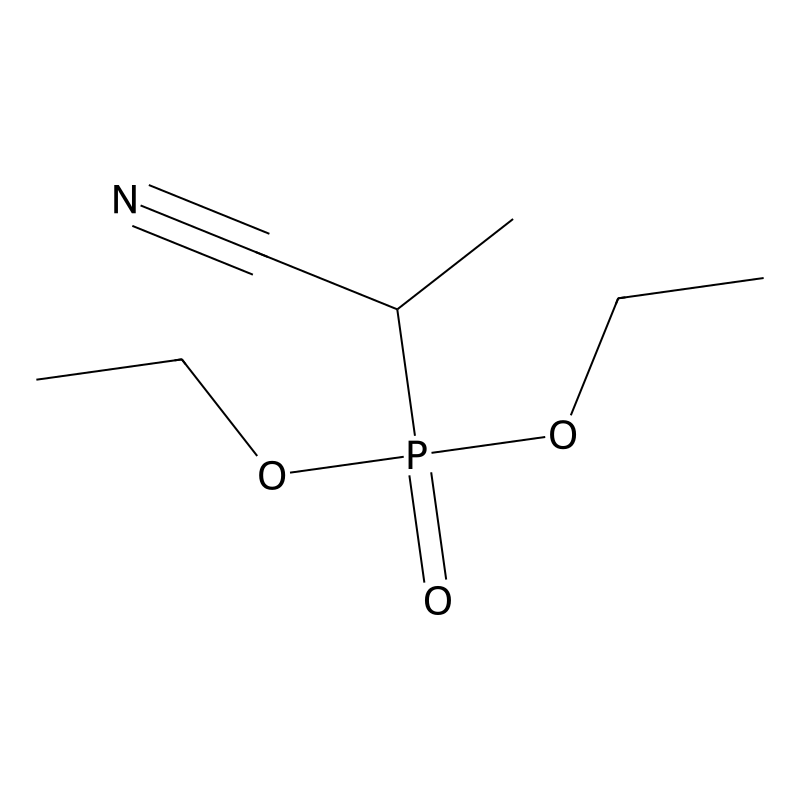C C Bond Forming Reagents
CAS No.:1449-46-3
Molecular Formula:C25H22BrP
Molecular Weight:433.3 g/mol
Availability:
In Stock
CAS No.:30354-18-8
Molecular Formula:C3H8ClN
Molecular Weight:93.55 g/mol
Availability:
In Stock
CAS No.:1217802-18-0
Molecular Formula:C38H34N8
Molecular Weight:602.7 g/mol
Availability:
In Stock
CAS No.:78385-36-1
Molecular Formula:C27H24BrO2P
Molecular Weight:491.4 g/mol
Availability:
In Stock
CAS No.:29668-61-9
Molecular Formula:C7H14NO3P
Molecular Weight:191.16 g/mol
Availability:
In Stock
CAS No.:54553-21-8
Molecular Formula:C12H19O3P
Molecular Weight:242.25 g/mol
Availability:
In Stock


![N-[3a,7a-Dihydrobenzotriazol-1-yl(phenyl)methyl]aniline;N-[benzotriazol-2-yl(phenyl)methyl]aniline](/img/structure-2d/800/S973730.png)


